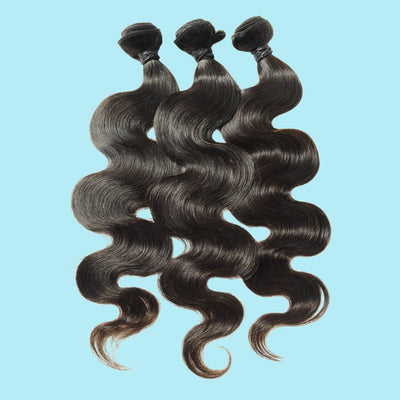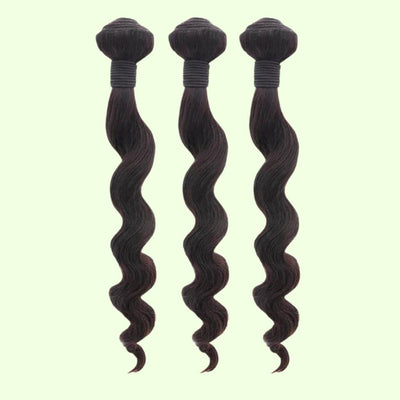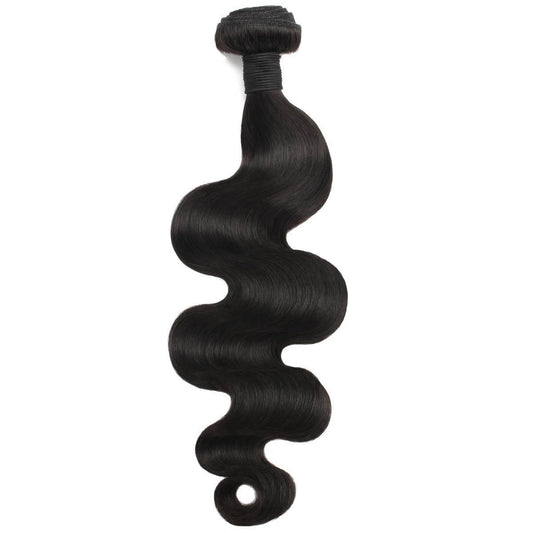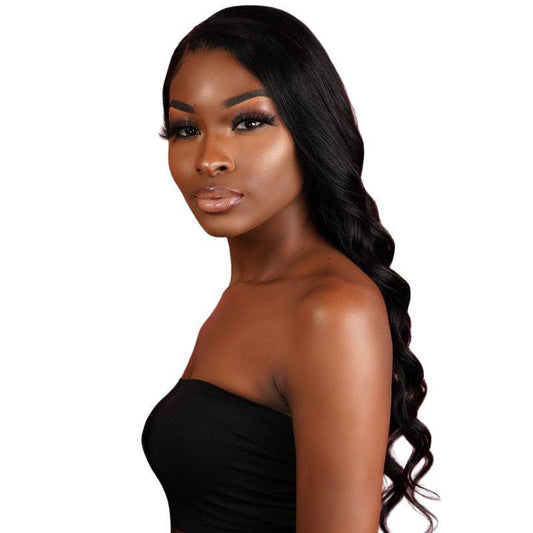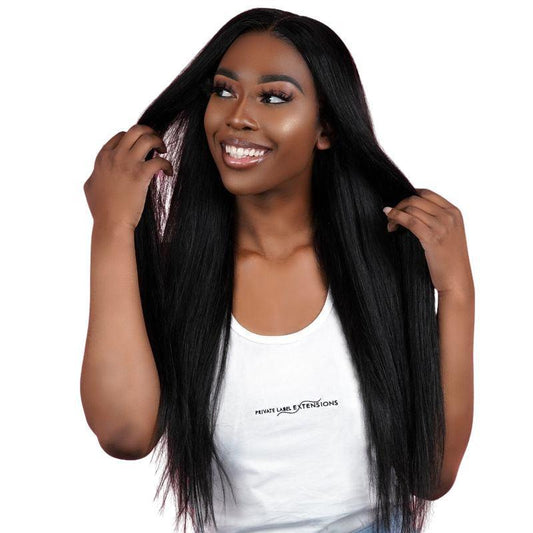1260 Memorial Drive
Atlanta, Georgia 30316
404-458-1330
7 Hairstyles for Type 4 Natural Hair That You'll Love! (Quick & Easy)
Mikey MoranSome may think that the media explosion that brought women with natural hair to the forefront of the beauty industry was just a fad.
On the contrary, my fellow naturalistas are showing that it's a lifestyle. 💜
Natural hair is capable of all kinds of curl styles, so here is my guide to training your curls and manipulating your type 4 hair.

What Is Type 4 Hair?
Natural hair is classified into four general texture types to give a general reference to the way the hair textures differ.
The hair chart is the visual reference for those four hair types so that you can point out which type your hair is closest.
4a, 4b, and 4c textures are on the farthest right side of the spectrum, representing the tightest of the curl patterns.
Now, just because the hair chart breaks down these curl patterns doesn't mean natural hair is limited to it.
A naturalista can have two to three different curl patterns in her hair.
For example, I have 4a curls in the center of my crown and 4c curls along the perimeter.
Knowing your texture helps you discuss your hair with others, as well as how it will look in certain styles.

Porosity 101
Knowing the porosity of your natural hair is a big deal! It's also something that no one tells you about, especially when you're deciding on products, so here's the tea.
Porosity is your hair's ability to absorb and hold moisture.
Low Porosity
Low-porosity hair has a difficult time allowing moisture into its shaft due to its closed cuticles.
If you have low porosity hair, products seem to just sit on the surface of your hair, which causes buildup.
Also, it will take your hair an incredibly long time to dry thoroughly if it has low porosity.
High Porosity
High porosity hair has open cuticles, which is like a double-ended sword because the hair shafts allow moisture to come in but also let it seep out.
When you have high porosity hair, you may notice that your hair is easily damaged, tangles easily, dries extremely fast, and is always frizzy.

Find Out Your Hair's Porosity
Not sure which you have?
No problem!
My favorite way to test natural hair porosity is by feeling it.
Super simple and straightforward! Isolate one strand of hair and pull it straight.
Slowly slide your thumb and index finger up and down the single strand.
If you feel nothing and your strand of hair is smooth, you have low porosity hair. If your strand is rough, then you have high porosity hair.
The porosity of your hair matters when it comes to products. Low porosity hair relies on oils and heavy liquids and silicone products for moisture, while heavy creams cause harmful buildup.
The easiest way to moisturize low-porosity hair is to open up the hair shaft with heat.
Try wearing a cap with your deep conditioner or sitting under a dryer.
However, heavy creams work great on high-porosity hair, especially on wet hair, because the cream sits right in the grooves of the hair shaft.
Layering products and sealing your hair shaft with cold water are sure-fire ways to keep high-porosity hair fully hydrated.
Now that we have a clear idea of what each hair type needs to stay moisturized and luscious, here are seven ways to manipulate your curl pattern with no heat or chemicals.
Try all of these styles on your freshly washed coils, and show us how they turn out!

Shingling
If you want your curl definition to be one hundred shingling, that is the style for you.
All you need to achieve this style is wet hair, a leave-in conditioner, an eco styler, and about one hour. It may be time-consuming, but voluminously defined curls are worth it!
Work on small sections of your hair for the most definition possible. Apply a small amount of eco styler to your index finger and thumb and run it down each little section.
If any of your strands are kind of straight initially, give them time to shrink up.
After you have done your whole head, give your hair two hours to dry, and BAM! A fabulous, voluminous afro.
Get Afro Kinky Curly Wigs if you want to mimic the type 4 hair style.

Finger Coils
Similar to the shingling method, you'll be working on small sections of damp hair.
In addition to your leave, you'll also need a curling custard or butter. This style will require about two hours of styling time.
Using your index finger and thumb, twist small sections of hair around your finger in a clockwise motion.
Once your hair dries, leave it coiled or divide the coils for more volume.
Twist Out/Braid Out
Twist-outs are my favorite way to style my medium-length fro for thick, defined curls.
Let me tell you how to achieve this look. Apply a leave-in and curling custard to damp quarters of hair; you can make about four twists with each.
Take two or three sections of hair and twist them down to the end. I finger-coil the tips so that they don't dry straight.
Once your twists have dried, apply a lightweight oil like grapeseed oil to your fingers and unwind them gently.
Use a hair pick to lift your roots for added volume without breaking up your twists.

Wash & Go
The wash-and-go is the quickest and simplest way to define your natural curl pattern.
This styling option can take about 30 minutes to execute and 2-4 hours to dry, depending on the density of your hair.
Wash and go's require very few products; all you will need is a leave-in, oil, and a curling gel-like eco style or the flaxseed gel from Novah's Hair Treasure.
Divide quarter sections of your hair into thirds and work the gel from root to tip.
Use your first three fingers to rake the product through your hair.
After a couple of hours, your hair will have super-defined coils.
Don't worry about how flat it may look at the roots; throughout the day, it will get bigger.

Flat Twist Out
Start your flat twist with damp hair, a leave-in, and curling custard.
The size of the curls depends on the size of the section you use. Smaller sections produce tighter, more defined curls, and larger sections produce larger, looser curls.
I section my hair from my part to ears and the back from the crown to nape.
Next, split the front of your twist in two, and as you twist, grab a small chunk of loose hair. Coil the tips and spray with oil for extra shine. 💫
When your twists have dried thoroughly, use grapeseed oil to untwist them. Your pick is your friend, and you can use it to blur your parts.
Next time you are bored with your 4c hair, try one of these options. Let us know which ones are your favorite or go-to styles for 4c hair by leaving a comment below.
Get your type 4 hair like the beloved Type 4 Hair Glueless Wig from our ATL Hair Store.

